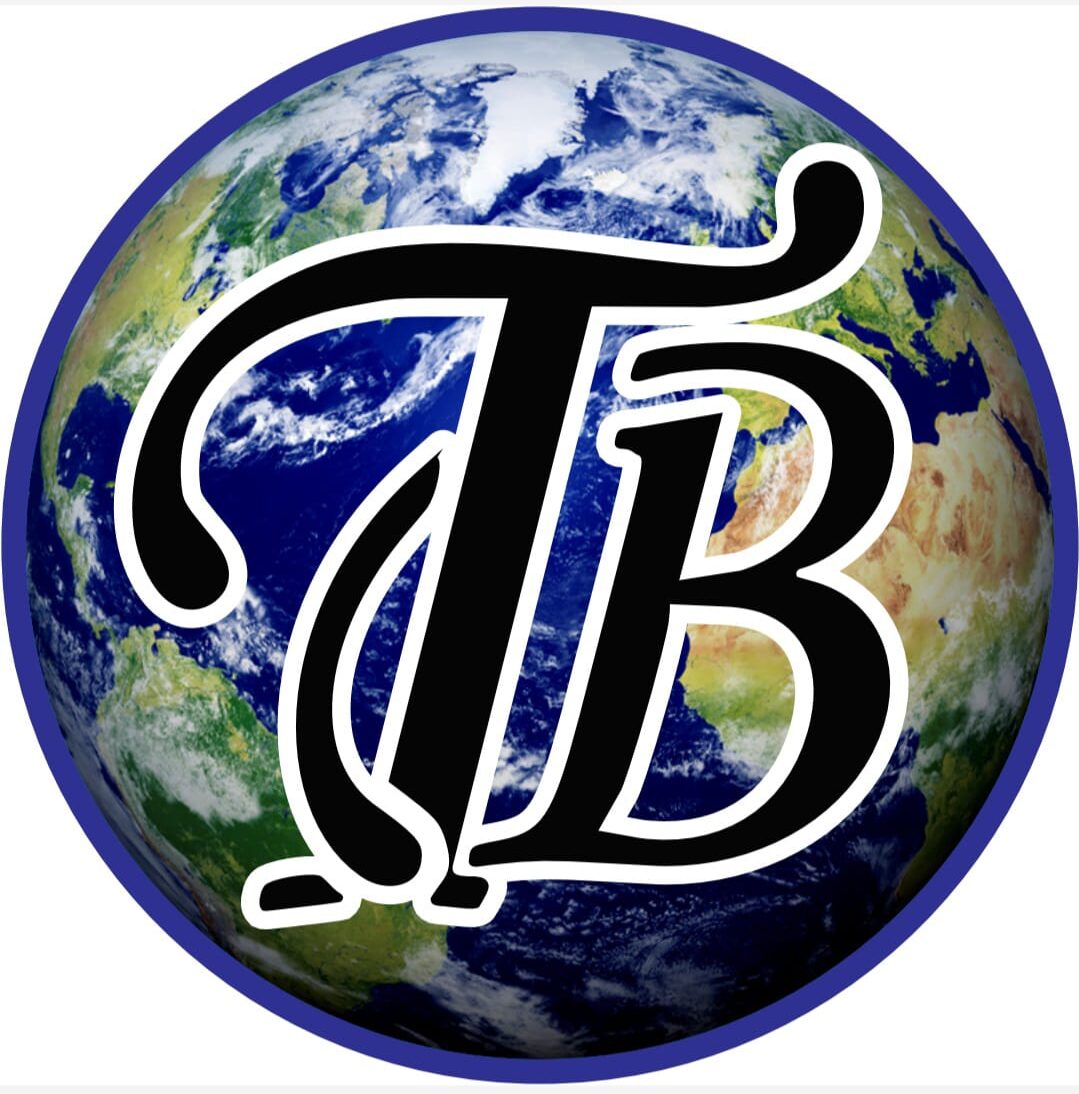What Is DTY Yarn?
By: Afzaal Khadim Khan
DTY (Draw Textured Yarn) is a synthetic filament yarn made primarily from polyester (PET chips) or nylon. It is produced by simultaneously drawing and texturizing POY (Partially Oriented Yarn) to develop:
- Bulk
- Crimp
- Stretch
- Improved strength
- Better dyeability
This makes DTY ideal for a wide range of textile and garment applications.
How DTY Yarn Is Produced
DTY is produced from POY through a process called draw texturizing:
- Feeding POY into texturizing machine
- Drawing/stretching to align polymer chains
- Heat setting for stability
- False twisting to create crimp and bulk
- Cooling to lock the texture
- Winding on cones
The finished yarn becomes elastic, soft, and bulkier compared to POY.
Types of DTY Yarns
1. Based on Luster
- Bright DTY – High shine; used in fashion fabrics.
- Semi-Dull DTY – Soft look; most common in apparel.
- Full-Dull DTY – Cotton-like appearance.
2. Based on Interlacing / NIM Types
- NIM (Non-Intermingled) – No knots, used in air-jet weaving.
- SIM (Slightly Intermingled) – Light bonding; suitable for knitting.
- HIM (Highly Intermingled) – Firm structure; used in weaving and warp knitting.
3. Based on Stretch
- Low Stretch DTY – For smooth fabrics.
- High Stretch DTY (with spandex) – For leggings, sportswear.
4. Based on Color
- Raw white DTY
- Dope dyed (solution dyed) DTY – Fast colors, eco-friendly.
5. Based on Raw Material
- Polyester DTY
- Nylon DTY
- Cationic DTY (CDP) – Cationic dyeable polyester, special dyeing effects.
Properties & Benefits of DTY Yarn
1. High Stretch & Elasticity
Ideal for sportswear, leggings, and activewear.
2. Soft Hand Feel
DTY offers a smooth and comfortable texture similar to natural fibers.
3. High Strength & Durability
Resistant to:
- Breaking
- Abrasion
- Shrinkage
4. Wrinkle & Crease Resistance
Fabrics remain fresh and easy to maintain.
5. Excellent Dyeability
Uniform and bright shades.
6. Cost-Effective
Polyester DTY is cheaper than natural fibers like cotton or wool.
7. Moisture Resistance
Quick drying and ideal for sports fabrics.
8. Environment-Friendly Options
Recycled PET-based DTY is gaining popularity globally.
End Uses of Polyester & Other DTY Yarns
1. Apparel Industry
- T-shirts
- Leggings
- Sportswear
- Track suits
- Lingerie
- Sarees
- Scarves
- Blouses
- Jackets
DTY blends easily with cotton, viscose, modal, and spandex, enhancing comfort and stretch.
2. Knitting Applications
DTY is widely used in:
- Circular knitting
- Warp knitting
- Tricot fabrics
- Raschel fabrics
Final fabrics include:
- Jersey
- Interlock
- Rib fabrics
3. Weaving Sector
Used in:
- Shirting fabrics
- Suiting fabrics
- Taffeta
- Satin
- Upholstery fabrics
4. Home Textiles
- Curtains
- Bed sheets
- Sofa fabrics
- Cushion covers
- Carpets & rugs
- Towels (blended)
5. Industrial Applications
- Seat belts
- Filter cloth
- Geo-textiles
- Ropes & nets
- Outdoor fabrics
Polyester DTY vs. Nylon DTY – Quick Comparison
| Feature | Polyester DTY | Nylon DTY |
|---|---|---|
| Strength | High | Very high |
| Stretch | Good | Excellent |
| Softness | Medium | Soft |
| Moisture Absorption | Low | Higher than polyester |
| End Uses | Apparel, home textiles | Socks, stockings, lingerie |
Why DTY Yarns Are in High Demand Globally
✔ Lower cost than natural fibers
✔ Easy to blend with other yarns
✔ Suitable for both knitting and weaving
✔ Large color availability (dope dyed)
✔ High performance in sports and fashion fabrics
✔ Strong durability and long fabric life
DTY has become the backbone of the global textile industry due to its versatility, affordability, and performance properties.
Conclusion
Polyester DTY and its variants (NIM, SIM, HIM, CDP, dope dyed, high stretch) play a crucial role across apparel, home textiles, industrial fabrics, and sportswear. With superior stretch, durability, dyeability, and cost-effectiveness, DTY remains one of the most demanded yarns worldwide.
